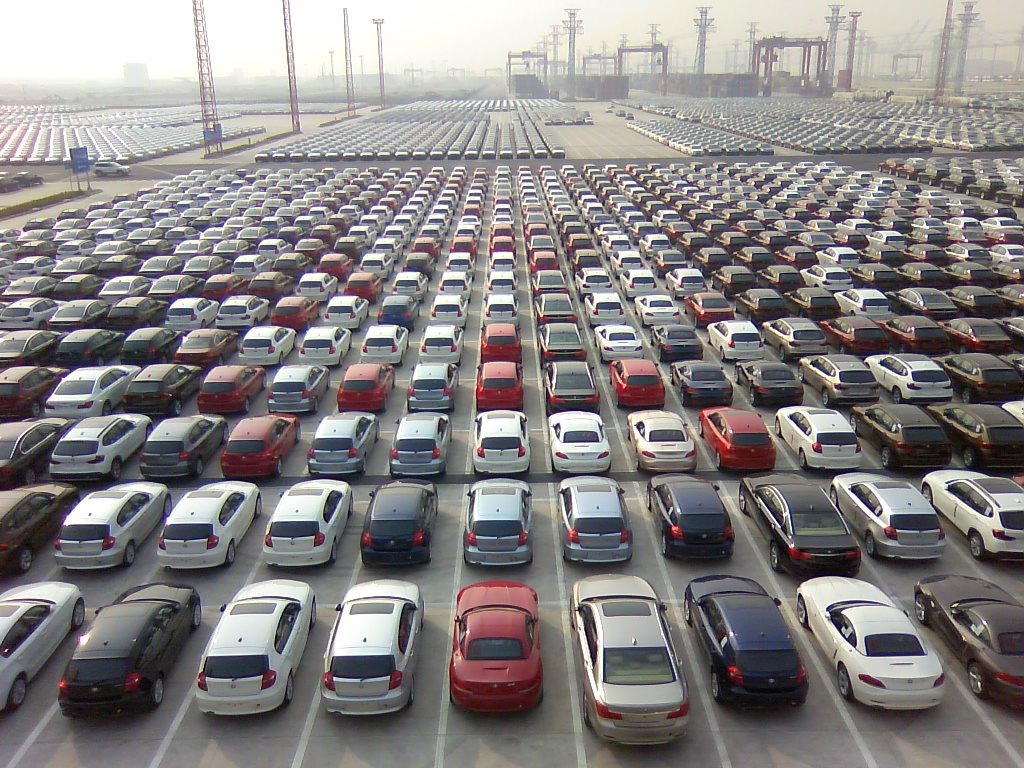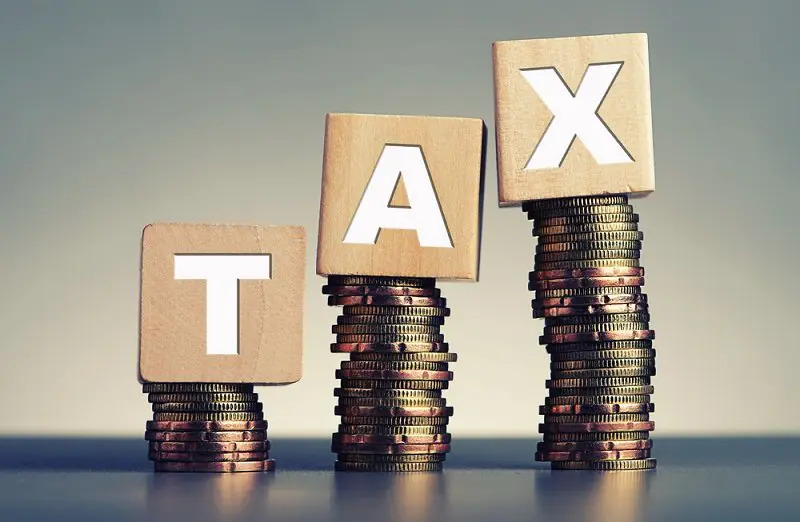The government’s plan to reduce the cost of fuel for motorcycles and small or low-engine capacity cars has encountered a snag since petroleum retailers are unwilling to join for fear of not being reimbursed on time.
Earlier, Minister of State for Petroleum Musadik Malik revealed that under the government’s fuel subsidy scheme, luxury cars will be taxed an additional Rs 50 per liter of petrol, while motorbikes and compact cars would be charged a Rs 50 per liter lower price. Petroleum retailers will act as middlemen throughout the process, supplying discounted fuel to motorcycles and smaller automobiles.
Sources claim that it was decided to incorporate the National Bank of Pakistan (NBP) in the procedure since cheaper fuel would be provided following the acquisition of a one-time password (OTP) from the bank.
The petroleum merchants worried that the banks might be unable to promptly reimburse them for the money. They were not prepared to participate in the cross-subsidy program since they knew that it would eventually become a financial burden for them.
The implementation of the subsidy initiative had been hampered by a number of other reasons, according to sources. NBP is creating a system for the scheme to issue OTP to qualifying motorbike and small car owners. The bank is required to get information from the excise registration agencies in this regard. However, sources revealed that out of all the motorcycles in the whole country, half were not even registered.
The National Database and Registration Authority (NADRA) will also be a part of the plan for collecting data on owners of motorcycles and compact cars. According to reports, agreements would be reached by all parties later in the process, which might take up to 6 months.
Another issue that emerged throughout the execution of the entire cross-subsidy project was the government’s desire to furnish each motorbike with 25 liters of petrol each month despite the fact that bike owners’ consumption levels varied. This highlights the importance to choose an appropriate mechanism.
Over 25 gallons of petrol are typically used each month by rickshaw drivers and motorbike riders combined. If discounted fuel is used in the first few days of a month, experts wonder what the process would be for the remainder of the month. These were some of the challenges that the Petroleum Division has still to overcome in order to implement the subsidy plan.
Furthermore, regarding the cross-subsidy, cabinet members were divided as well. One cabinet member contended that the cabinet had not been consulted before the minister of state for petroleum announced the availability of cheaper petrol.
Despite the prime minister’s instructions to draw a cross-subsidy program, no attempts were made to reach a consensus on its components within the cabinet. According to sources, it used to be standard procedure to consider the opinions of all stakeholders on such occasions, but this practice has since been dropped. As a result, a number of obstacles were developing that were impeding the completion of the fuel subsidy.
The cost of providing cheaper petrol to motorbike owners is projected to be Rs 120 billion, and money would be raised by charging more to those who drive costly cars. Additionally, it was previously suggested that only motorbike owners who had registered with the Benazir Income Support Programme (BISP) should receive fuel subsidies. This was also unlikely to receive widespread support because many bike owners lack digital bank access and are not registered with the BISP, which worries policymakers and raises questions about the feasibility of the proposal.
Source: The Express Tribune

A computer animation professional with over 23 years of industry experience having served in leading organizations, TV channels & production facilities in Pakistan. An avid car enthusiast and petrolhead with an affection to deliver quality content to help shape opinions. Formerly written for PakWheels as well as major publications including Dawn. Founder of CarSpiritPK.com




